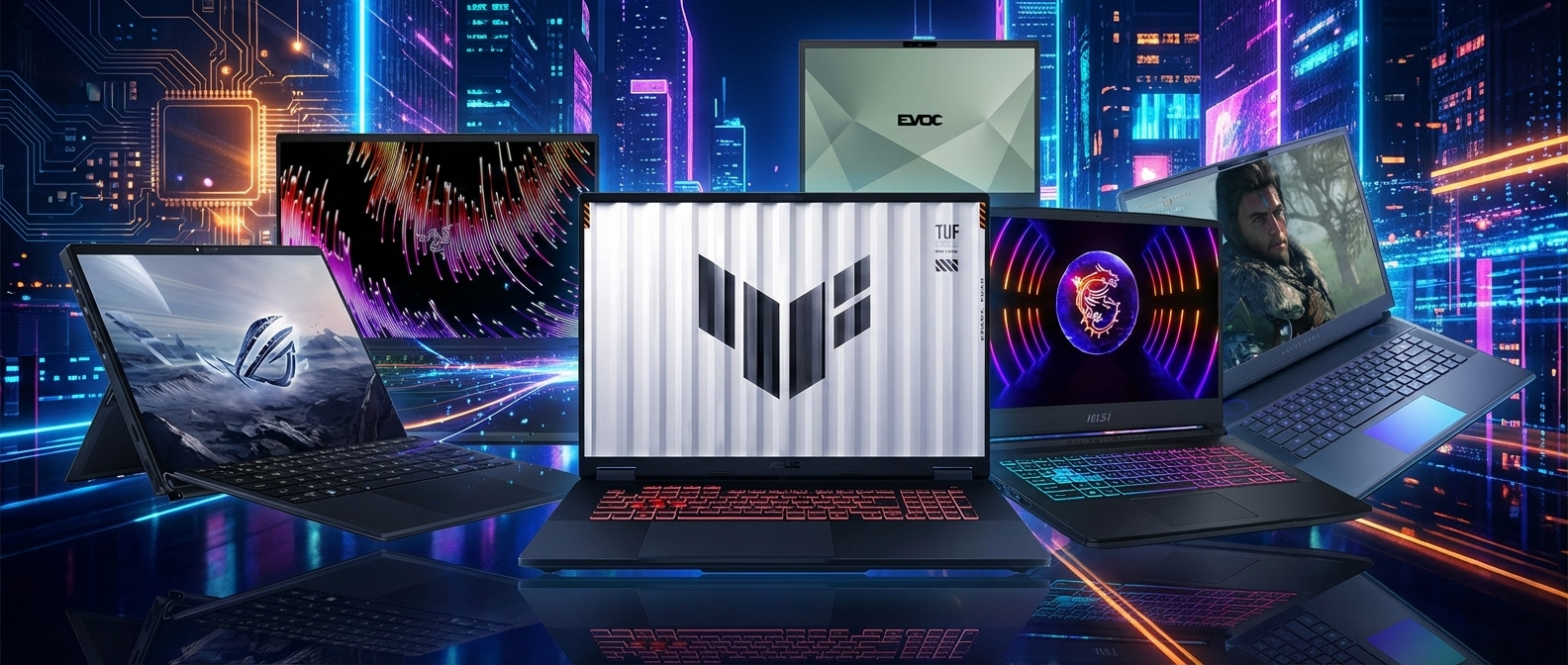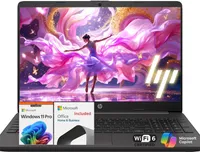Best 256GB and 128GB RAM laptops in 2025: memory for even the most resource-intensive tasks
Check out the best 128GB RAM laptops we've seen this year and there are even a few 256GB laptops out there

Are you going to be in the market for 128GB RAM or 256GB laptops in 2025? Then read on. Notebooks boasting 128GB RAM or more are a niche category and are definitely not designed for the average user due to their premium pricing and size.
That said, they represent the pinnacle of mobile computing power, able to handle tasks on the go that would metaphorically melt the best workstation desktops around. Ergo, only to be used by the power users.
These machines are not found among the conventional thin-and-light laptops, as all models feature screens larger than 15.6 inches, catering to those who prioritize performance over portability.
Typically housed in robust mobile workstations — and occasionally in high-end gaming laptops — these laptops are matched with the industry's most potent processors.
There's a cottage industry of small companies that add RAM (and often SSD) to new laptops and resell them. This Dell Inspiron is the cheapest I've come across, an absolute bargain given the price of RAM right now. Bonus points for offering Windows 11 Pro as well.
As for the one above, this laptop has been upgraded by a third party and has a 1TB SSD albeit with a slower CPU (and a marginally higher price tag). None of the laptop manufacturers will sell an entry-level laptop so these small businesses are filling a wide gap in the market.
Our list includes the best laptops available for purchase in 2025 with 128GB RAM, configured as four 32GB DDR4 or more commonly DDR5 SODIMMs, and, for now, focuses exclusively on Windows-based systems.
There are 23 models in all, starting from a shockingly low $1599.
For professionals and power users seeking the ultimate in performance, the best 128GB RAM laptop offers unparalleled capability for the most intensive computing tasks, so this is a great place to start your search for your next memory-heavy laptop.
Oh and there are a couple of 256GB laptops that I've listed at the very end of this guide as well.
- HP 128GB RAM laptops
- Dell 128GB RAM laptops
- Lenovo 128GB RAM laptops
- MSI 128GB RAM laptops
- Asus 128GB RAM laptops
- Alienware 128GB RAM laptops
- Razer 128GB RAM laptops
128GB RAM laptops
256GB RAM laptops
Best 128GB RAM laptops: FAQs
Who would use 128GB RAM in a laptop?
128GB of RAM is definitely overkill for the overwhelming majority of users; there’s simply no need for that amount of memory in a business laptop.
However, there is a section of laptop users that will benefit from it. Scientists, creative professionals, and students are some users that might require laptops with 128GB of RAM; notebooks that usually go by the name of mobile workstations, as there are hundreds of applications that require such a large amount of memory.
Why so few laptops support 256GB of RAM
Clevo is the only mainstream laptop manufacturer that offers a 256GB RAM laptop you can buy. It is available as Schenker Key 18 Pro or Eurocom Raptor X10 or the EVOC X5801A. Dell will offer a 256GB version of the Dell Pro Max Plus in 2026 and it will absolutely not be cheap.
Sign up to the TechRadar Pro newsletter to get all the top news, opinion, features and guidance your business needs to succeed!

Désiré has been musing and writing about technology during a career spanning four decades. He dabbled in website builders and web hosting when DHTML and frames were in vogue and started narrating about the impact of technology on society just before the start of the Y2K hysteria at the turn of the last millennium.

